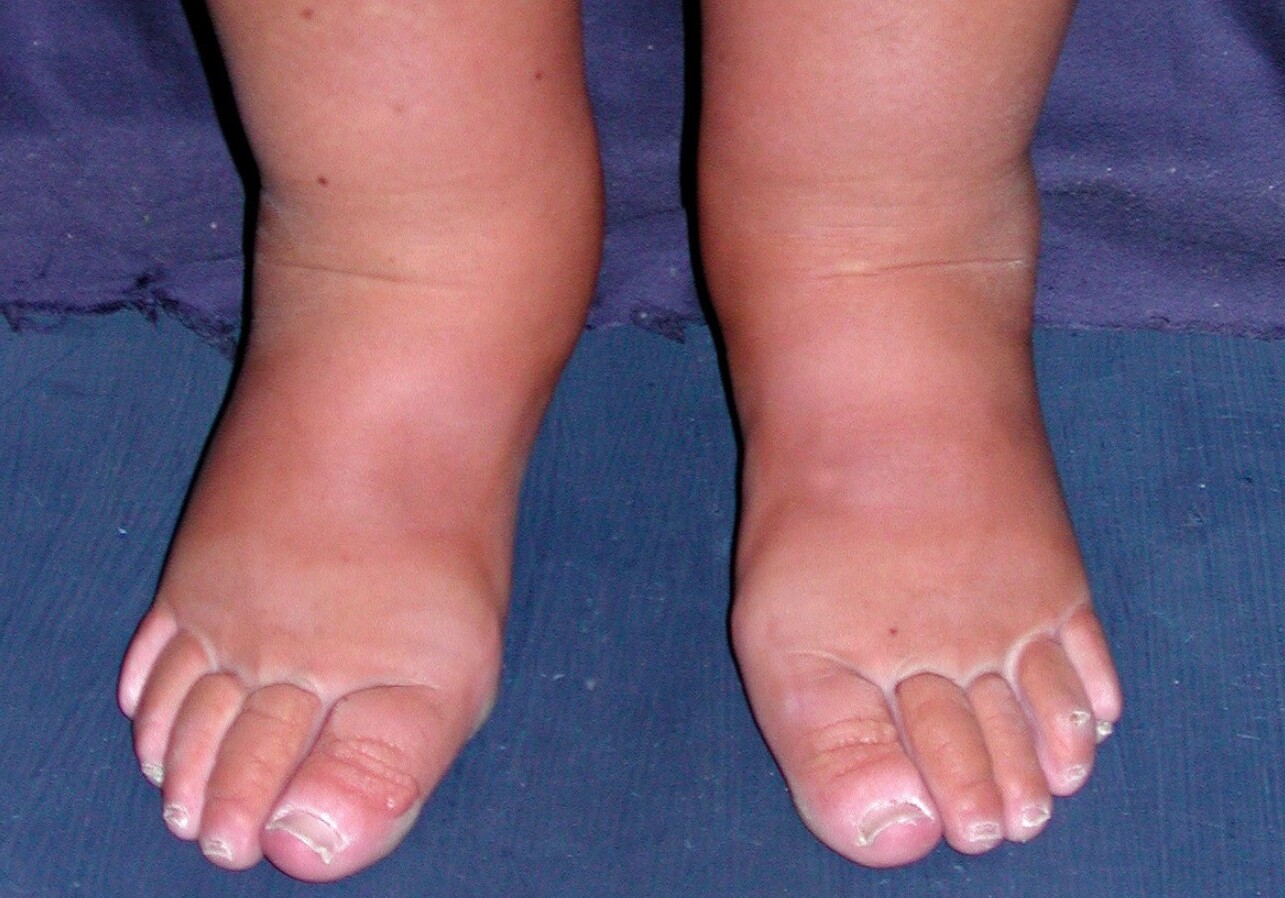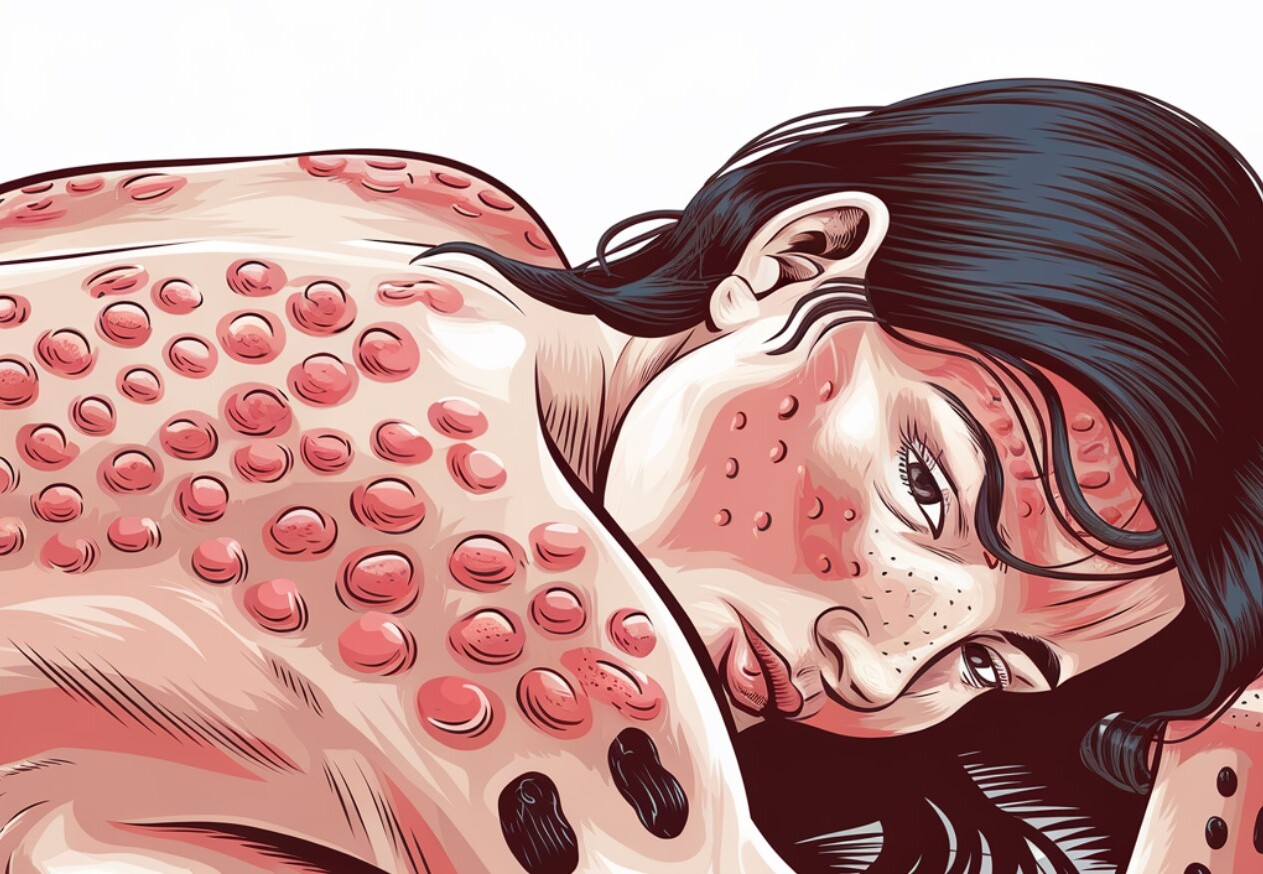
Waldmann Disease, also known as Primary Intestinal Lymphangiectasia, is a rare disorder that affects the lymphatic system. This condition causes the lymph vessels in the intestines to become enlarged, leading to protein loss and swelling. Symptoms often include diarrhea, abdominal pain, and swelling in the legs. Diagnosing Waldmann Disease can be tricky due to its rarity and the similarity of its symptoms to other conditions. Treatment typically involves dietary changes, medications, and sometimes surgery. Understanding this disease is crucial for those affected and their families. Here are 32 essential facts to help you grasp the complexities of Waldmann Disease.
Key Takeaways:
- Waldmann Disease is a rare condition affecting the lymphatic system and intestines, causing symptoms like swelling, fatigue, and chronic diarrhea. Treatment involves dietary changes, supplements, and regular monitoring.
- Living with Waldmann Disease requires adjustments, support, and ongoing care. Joining support groups, staying hydrated, and educating others about the condition can help improve quality of life.
What is Waldmann Disease?
Waldmann Disease, also known as Primary Intestinal Lymphangiectasia, is a rare disorder affecting the lymphatic system. It primarily impacts the intestines, causing various symptoms due to improper lymph drainage.
-
Rare Condition: Waldmann Disease is extremely rare, with only a few hundred cases reported worldwide.
-
Lymphatic System: The disease affects the lymphatic system, which is crucial for immune function and fluid balance.
-
Intestinal Impact: It primarily impacts the intestines, leading to protein loss and malabsorption issues.
-
Protein-Losing Enteropathy: Patients often suffer from protein-losing enteropathy, where proteins are lost through the gastrointestinal tract.
-
Swelling: One common symptom is swelling in the legs and abdomen due to fluid accumulation.
-
Diarrhea: Chronic diarrhea is another frequent symptom, often leading to dehydration and nutrient loss.
Symptoms and Diagnosis
Understanding the symptoms and how Waldmann Disease is diagnosed can help in early detection and management.
-
Fatigue: Patients often experience extreme fatigue due to protein loss and malnutrition.
-
Weight Loss: Unexplained weight loss is a common symptom, resulting from poor nutrient absorption.
-
Low Albumin Levels: Blood tests often reveal low levels of albumin, a protein essential for maintaining fluid balance.
-
Edema: Swelling, or edema, is caused by fluid leaking into tissues due to low protein levels.
-
Biopsy: A biopsy of the small intestine can confirm the diagnosis by showing dilated lymphatic vessels.
-
Imaging Tests: Imaging tests like MRI or CT scans can help visualize the lymphatic system and identify abnormalities.
Causes and Risk Factors
Exploring the causes and risk factors can provide insight into who might be more susceptible to developing Waldmann Disease.
-
Genetic Factors: Some cases are linked to genetic mutations affecting the lymphatic system.
-
Congenital: The disease can be congenital, meaning present from birth.
-
No Gender Preference: It affects both males and females equally.
-
Age of Onset: Symptoms can appear at any age, though they often start in childhood or early adulthood.
-
Family History: A family history of lymphatic disorders may increase the risk.
-
Environmental Factors: There is no clear link to environmental factors, making it difficult to predict who will develop the disease.
Treatment and Management
While there is no cure for Waldmann Disease, various treatments can help manage symptoms and improve quality of life.
-
Dietary Changes: A low-fat, high-protein diet can help manage symptoms by reducing lymphatic fluid production.
-
Medium-Chain Triglycerides: These fats are easier to absorb and can be beneficial for patients.
-
Supplements: Nutritional supplements may be necessary to address deficiencies caused by malabsorption.
-
Diuretics: Medications that help remove excess fluid from the body can reduce swelling.
-
Compression Garments: Wearing compression garments can help manage edema in the legs.
-
Regular Monitoring: Frequent medical check-ups are essential to monitor protein levels and overall health.
Living with Waldmann Disease
Living with Waldmann Disease requires adjustments and ongoing care to manage symptoms effectively.
-
Support Groups: Joining support groups can provide emotional support and practical advice from others with the same condition.
-
Exercise: Regular, gentle exercise can help maintain muscle strength and improve overall well-being.
-
Hydration: Staying well-hydrated is crucial, especially for those experiencing chronic diarrhea.
-
Medical Alert: Wearing a medical alert bracelet can be helpful in emergencies.
-
Education: Educating family and friends about the condition can foster understanding and support.
-
Mental Health: Addressing mental health is important, as chronic illness can lead to anxiety and depression.
-
Specialist Care: Consulting with specialists, such as gastroenterologists and nutritionists, can provide tailored care plans.
-
Research Participation: Participating in research studies can contribute to a better understanding of the disease and potential new treatments.
Final Thoughts on Waldmann Disease
Waldmann Disease, though rare, has significant impacts on those affected. Understanding its symptoms, causes, and treatments can help manage the condition better. Early diagnosis is crucial for effective treatment. Symptoms like swelling, diarrhea, and protein loss should not be ignored. Genetic factors play a role, so family history matters. Treatment often involves dietary changes, medication, and sometimes surgery. Support from healthcare professionals and loved ones is essential. Staying informed and proactive can make a big difference in managing Waldmann Disease. Remember, knowledge is power. If you or someone you know shows signs of this disease, seek medical advice promptly. Awareness and education are key to improving quality of life for those affected by Waldmann Disease. Stay vigilant, stay informed, and support each other.
Frequently Asked Questions
Was this page helpful?
Our commitment to delivering trustworthy and engaging content is at the heart of what we do. Each fact on our site is contributed by real users like you, bringing a wealth of diverse insights and information. To ensure the highest standards of accuracy and reliability, our dedicated editors meticulously review each submission. This process guarantees that the facts we share are not only fascinating but also credible. Trust in our commitment to quality and authenticity as you explore and learn with us.


